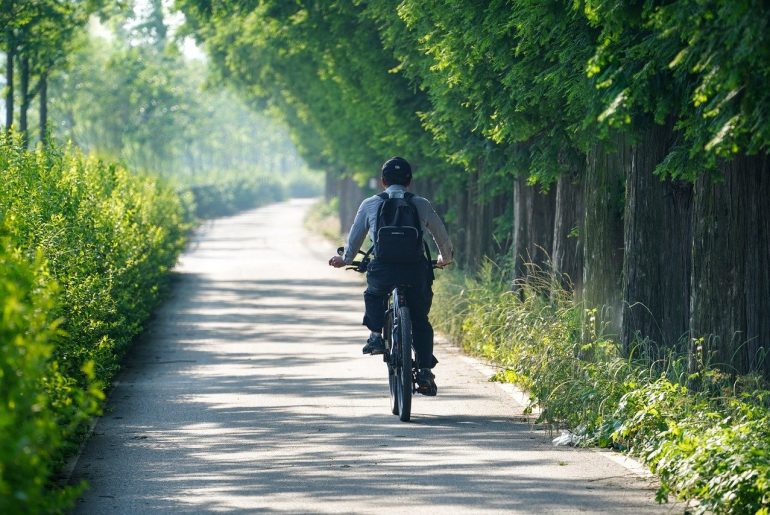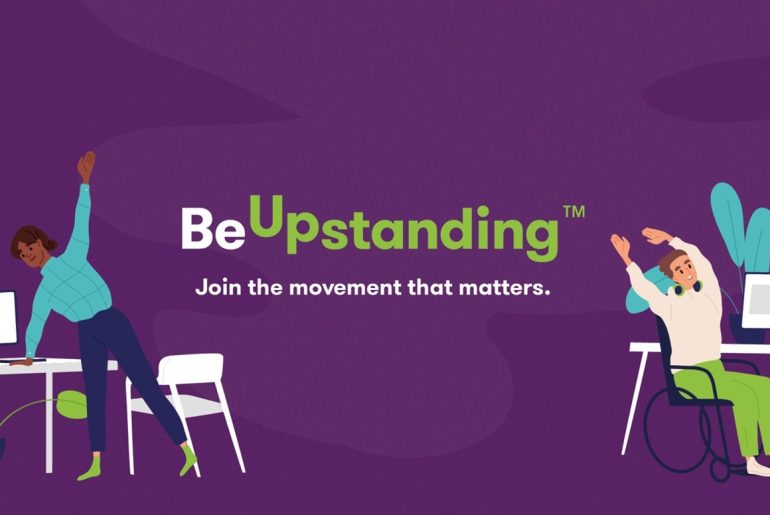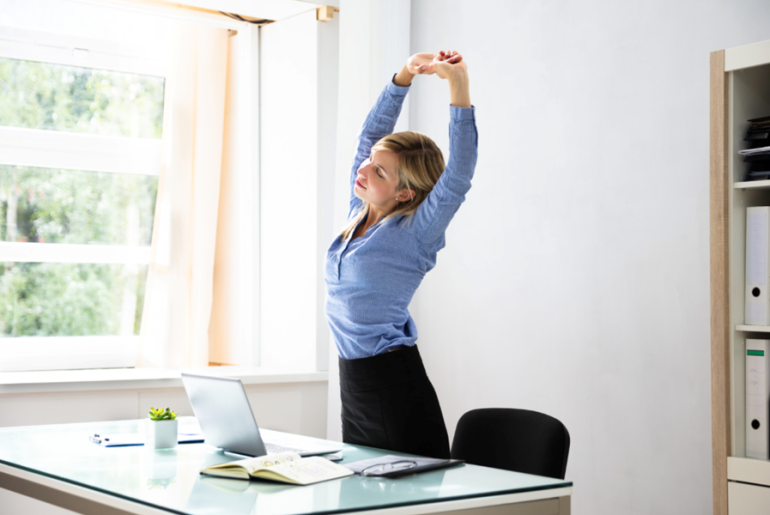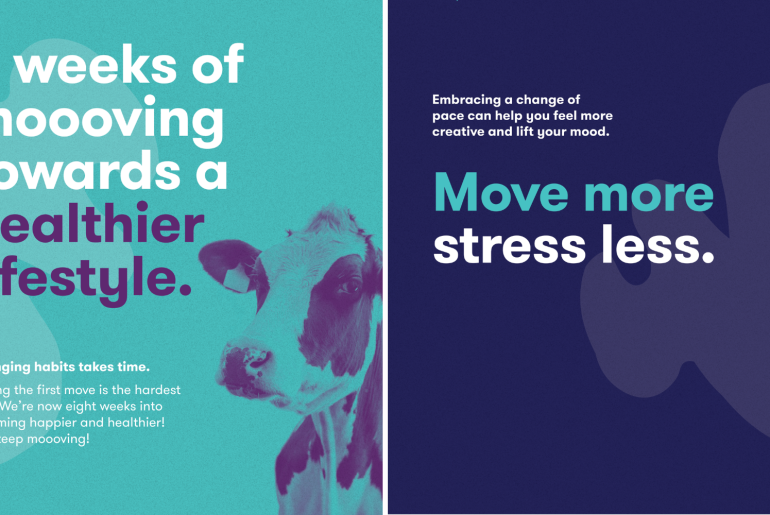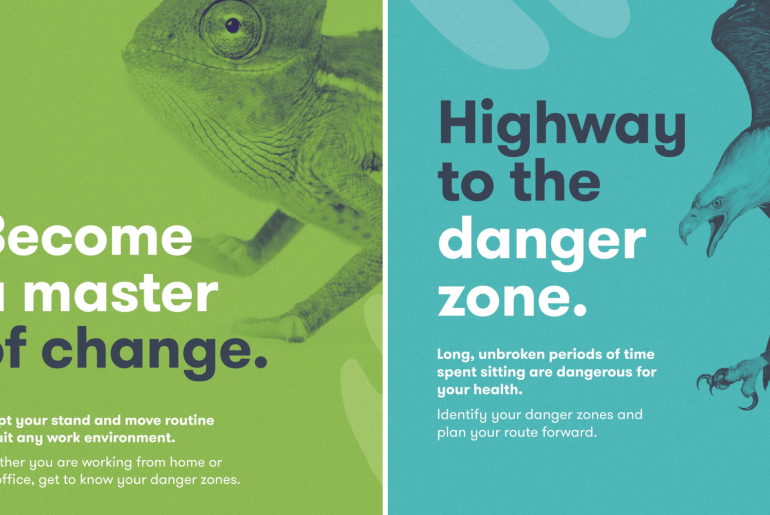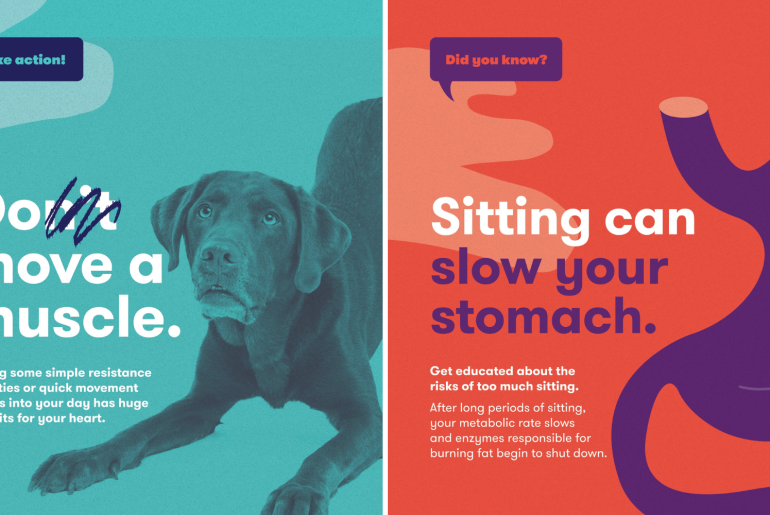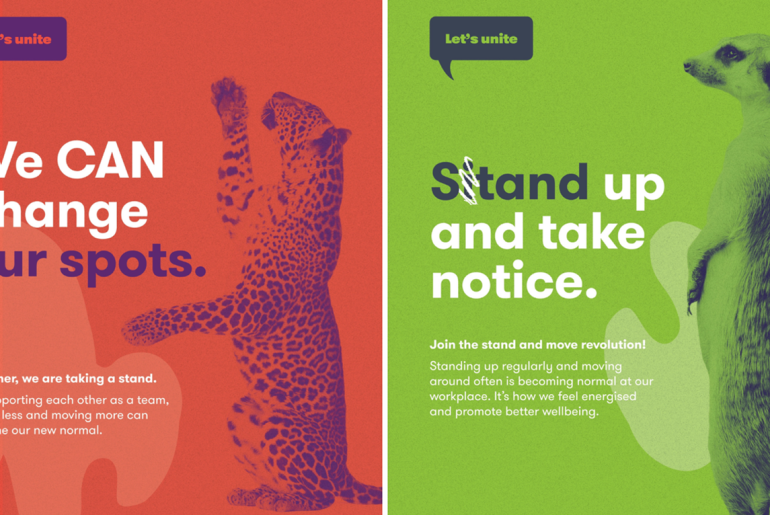While we have been busy incorporating insights from the BeUpstanding implementation trial into the development of BeUpstanding 2.0, our original platform has remained publicly accessible. Without active promotion during this period, we became curious: how are people still finding us—and what are they doing when they get here? To answer this, we reviewed and analysed website data from the past 12 months (March 12, 2024 – March 12, 2025). This snapshot gives us insights into what’s working, what could improve, and how to better prepare for the next phase. Who Are We Reaching? The data shows that over 75% of users are from Australia, with a high concentration in major metropolitan areas like Sydney, Brisbane, and Melbourne. But beyond the big cities, it’s worth celebrating that users from regional and remote parts of Australia are also engaging with the platform. This broad spread confirms that BeUpstanding continues to serve a truly national audience. Internationally, we’ve seen growing interest from the United States, United Kingdom, New Zealand, and China. While these countries currently represent a small percentage of our total traffic, their consistent presence suggests promising opportunities for global engagement in the future. How Are Users Finding Us? Most users accessed the…
![]()



